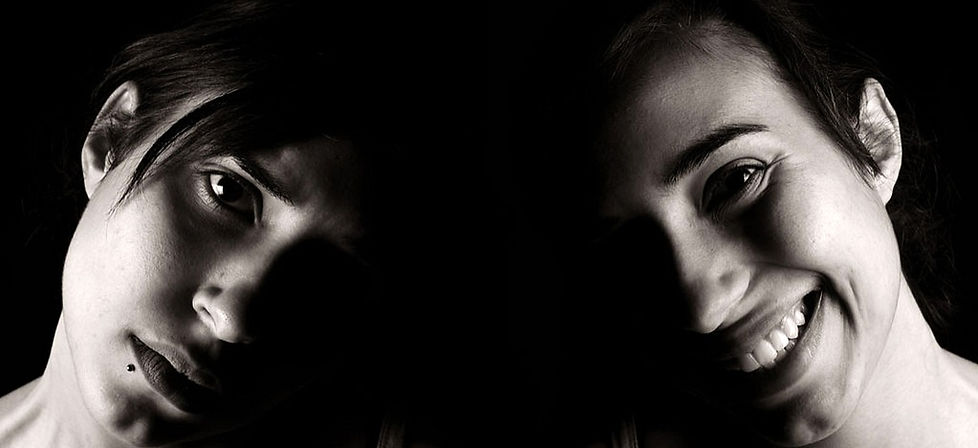I'm a paragraph. Click here to add your own text and edit me. I’m a great place for you to tell a story and let your users know a little more about you.
Bipolar is a psychiatric disorder in which both extremes of mood (i.e. elevated and depressive) coexist. As with unipolar depression diagnosis is made via the classification systems ICD-10 and the DSM-5.
European studies reveal that the estimated lifetime incidence of bipolar range from 0.2-2.0%. Six studies have shown that the mean age of onset is between 17 and 29 years of age with a peak age of onset between 15 and 19 years of age. In terms of gender, the prevalence of bipolar 1 is equal between men and women. In comparison, bipolar 2 is more prevalent in women. Within the UK, bipolar has been found to be more common in black and other minority ethnic groups compared to the white population. European studies reveal that the estimated lifetime incidence of bipolar range from 0.2-2.0%. It is estimated that 15% of bipolar sufferes commit suicide.
Epidemiology

Bipolar
Manic episode
-
Innapropriate over confidence or excessive self esteem, feeling that they have a special power
-
Individual lack need for sleep feeling "refreshed" after 3 hours
-
Excessively talkative compared to normal or feels pressured to continue talking
-
Individual is easily distracted by unecessary or irelevant "stimuli"
-
Activity is focused on "goal" achieveing: this can be in an educational, social, educational, or sexual environment OR agitation
-
Individual engages in activities which have detrimental consequences e.g. shopping sprees, promiscuos behaviour or poor business judgement
Symptoms and diagnosis of bipolar affective disorder
Understanding bipolar affective disorder
Mania without psychosis:
For at least one week (or less, if hospitalised): Mood elevated, expansive or irritable out of keeping with the patient’s circumstances. At least three of the following have to be present: increased activity or physical restlessness, pressure of speech, flight of ideas or racing thoughts, loss of normal social inhibitions, decreased need for sleep, distractibility or
constant changes in plans, inflated self esteem with grandiose ideas and overconfidence, behaviour that is foolhardy and reckless, marked sexual energy or indiscretion.
Mania with psychosis: delusions (usually grandiose) orhallucinations (usually of voices speaking directly tothe patient) are present, or the excitement, excessivemotor activity, and flight of ideas are so extreme thatthe subject is incomprehensible or inaccessible toordinary communication.
Hypomania: For at least four days persistent mild elevation or irritability of mood and presence of at least three ofthe following: increased energy and activity,increased sociability, talkativeness, over-familiarity,mild overspending or other types of reckless andirresponsible behaviour, increased sexual energy,decreased need for sleep and difficulty inconcentration or distractibility.Symptoms do not lead to severe disruption of work orresult in social rejection. The disturbances of moodand behaviour are not accompanied by hallucinationsor delusions.
Depression: as diagnosed using the ICD-10 for depression
What is Bipolar affective disorder?
In order to make a formal diagnosis of bipolar, the criteria for a Manic episode must be satisfied. Prior/post this manic episode, a major depressive disorder OR hypomanic episode may have been experienced.
-
Symptoms must last for a duration of 1 week, daily, for the majority of the time.
-
3 of the above symptoms must be present (4 symtoms if it's irritable mood)
-
These symptoms must significantly impair the individual's daily functioning, it can also be severe enough to require hospitalisation to protect the individual from harming themesleves or others
-
Psychotic features may also be present
Note: Although hypomanic episodes are present in bipolar, they are NOT required in order to make a diagnosis of the illness
DSM-5 criteria for a manic episode